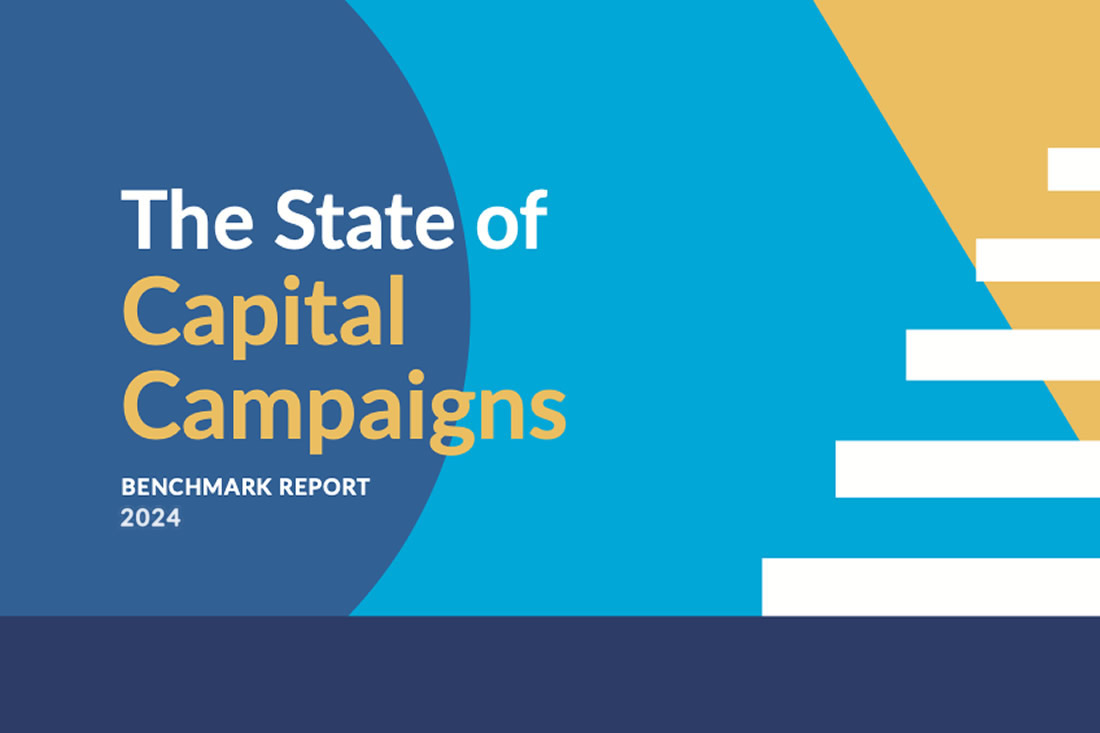Building Bridges: The Art of Branding a Capital Campaign

The following is a guest post written by Mark Cole, Vice President of Strategy at Parisleaf, a company that specializes in branding capital and comprehensive campaigns.
In the realm of fundraising, few endeavors hold as much potential for transformative impact as a capital campaign.
Whether aiming to construct a new building, renovate an existing space, or launch an innovative program, these campaigns are monumental undertakings that require not only financial resources, but also strategic vision and community support.
At the heart of any successful capital campaign lies a compelling brand identity — a narrative that captures the essence of the initiative, inspires stakeholders, and drives momentum toward the fundraising goal.
7 Principles for Effectively Branding a Capital Campaign
Branding a capital campaign is more than just creating a logo or a catchy slogan. It’s about crafting a cohesive story that resonates with donors, volunteers, and the broader community.
With that in mind, here are seven key principles to consider when embarking on your branding journey.
1. Define Your Purpose
Before delving into the visual and verbal aspects of branding, it’s essential to clarify the purpose and goals of your capital campaign.
- What is the overarching vision?
- What specific outcomes do you hope to achieve?
By clearly articulating your mission and objectives, you lay the foundation for a brand identity that authentically reflects the essence of your campaign.
2. Know Your Audience
Understanding your target audience is paramount in crafting a compelling brand.
- Who are your potential donors?
- What motivates them to give?
Tailor your messaging and branding elements to resonate with your audience’s values and aspirations. Whether appealing to philanthropic individuals, corporate partners, or community organizations, speak directly to their interests and priorities.
3. Create a Compelling Narrative
Every successful brand tells a story, and a capital campaign is no exception. Your narrative should evoke emotion, inspire action, and convey a sense of urgency.
Highlight the impact of your project on the community, showcasing real-life stories of individuals who stand to benefit from the campaign’s success. Use storytelling techniques to engage your audience on both rational and emotional levels, fostering a deep connection to your cause.
4. Develop a Distinctive Visual Identity
Visual elements play a crucial role in brand recognition and recall. Design a logo, color palette, and imagery that are visually appealing and reflective of your campaign’s identity.
Consider incorporating symbols or motifs that convey the essence of your mission — whether it’s a soaring skyline for a building project or a tree of life for a community wellness initiative.
Consistency is key; ensure that your visual identity is applied consistently across all communication channels to reinforce brand recognition.
5. Craft Compelling Messaging
Beyond visuals, the words you choose are equally important in shaping your brand’s perception. Develop a tagline or messaging framework that encapsulates the essence of your campaign in a concise and memorable way. Use language that is clear, compelling, and action-oriented, inspiring donors to take the next step in supporting your cause.
Whether through website content, fundraising materials, or social media posts, convey your message with authenticity and conviction.
6. Engage Stakeholders
Building a successful brand requires active engagement and participation from stakeholders at every level. Involve key members of your organization, board members, volunteers, and community partners in the branding process. Seek their input and feedback to ensure that your brand resonates with diverse perspectives and reflects the collective vision of your campaign.
By fostering a sense of ownership and investment among stakeholders, you cultivate a strong foundation of support for your fundraising efforts.
7. Embrace Transparency and Accountability
Trust is essential in any fundraising endeavor, and transparency is the cornerstone of trust. Be transparent about your campaign’s goals, progress, and financial stewardship practices.
Provide regular updates to donors and stakeholders, demonstrating tangible results and illustrating the impact of their contributions.
By operating with integrity and accountability, you strengthen donor confidence and build long-term relationships that extend beyond the campaign itself.
Branding a Capital Campaign Takes Art and Skill
In conclusion, branding a capital campaign is a multifaceted endeavor that requires careful planning, creativity, and collaboration. You’ll create a brand that resonates with donors and inspires action by:
- Defining your purpose;
- Understanding your audience;
- Crafting a compelling narrative;
- And developing a distinctive visual identity and messaging framework.
In addition, remember to engage stakeholders, embrace transparency, and maintain consistency in your communication efforts to build trust and momentum toward achieving your fundraising goals.
With a compelling brand identity as your guiding beacon, you can navigate the complexities of a capital campaign with clarity, conviction, and confidence.
About the Author
Mark Cole began his career as an actor in the professional theater before moving behind the curtain and working as a stage manager, general manager, and executive director. With over 25 years of leadership and fundraising experience, Mark credits his theater background for providing a creative lens to fundraising strategy.
As Vice President of Strategy at Parisleaf, Mark helps nonprofits fund progress by branding their comprehensive and capital campaigns.
Free Capital Campaign Resources
Check out the many free campaign resources we offer to help you get a handle on your capital campaign.



Leave a Comment